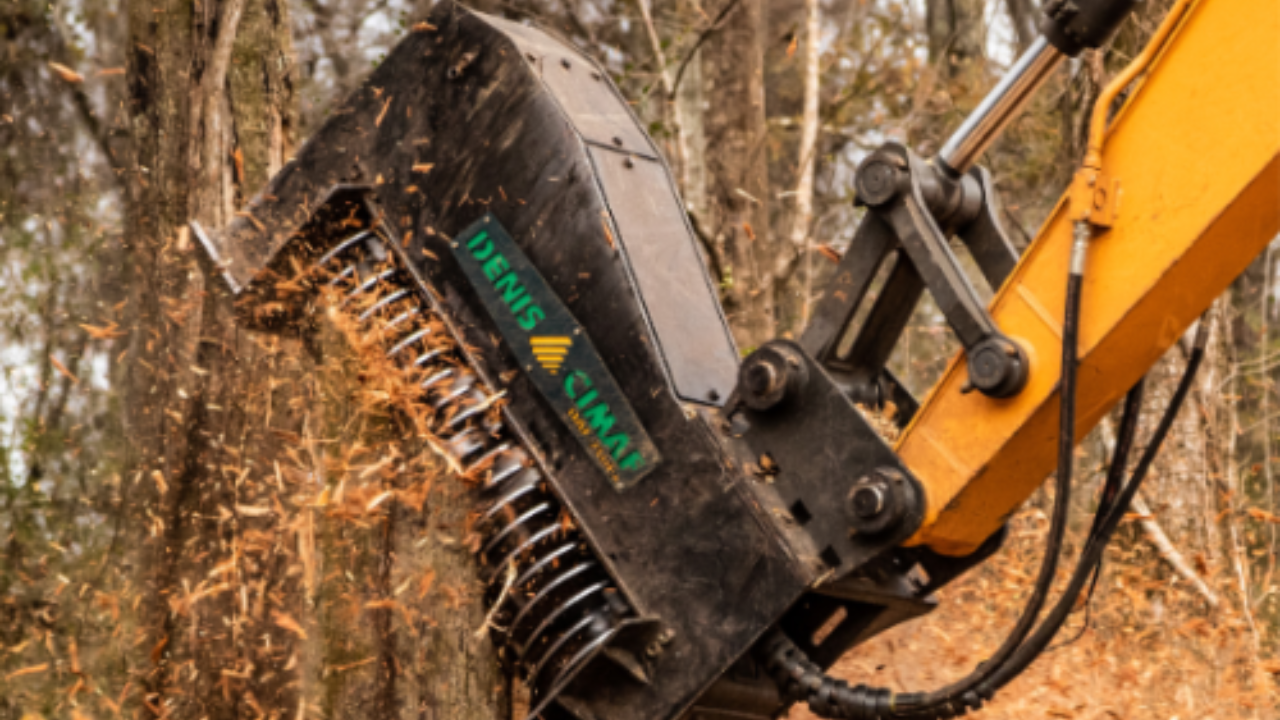The Denis Cimaf mulcher serves multiple purposes in forestry operations, land-clearing projects, and vegetation management tasks. The operational excellence of denis cimaf parts and blades requires constant maintenance, along with timely replacements. The use of worn-out components leads to machine inefficiency, higher fuel usage, and potential equipment damage.
Factors Affecting Blade and Part Longevity
Multiple elements determine the lifespan of your Denis Cimaf mulcher blades and parts.
Type of Vegetation and Terrain
The blades that cut through soft vegetation like grass and shrubs maintain their operational life much longer than those used in heavy-duty forestry work. Hardwood, thick brush, and tree stumps during frequent mulching operations reduce the lifespan of your blades.
Blade Material and Quality
People in this field must know that the lifespan of blades depends on what material they are made from. The durability of tungsten carbide-tipped blades surpasses standard hardened steel blades because they resist wear and maintain their operational life.
Frequency of Use
Commercial operations that use heavy equipment subject blades to excessive stress, which shortens their operational life. The blades and parts of your occasional land-clearing mulcher will survive longer than those used daily in industrial applications.
Maintenance Practices
Correct maintenance methods help extend the useful lifetime of mulcher components. The lifespan of equipment components increases when they receive routine sharpening while operators conduct cleaning tasks and apply lubrication regularly.
Several Indicators Signal
Regular maintenance will not prevent the eventual need for new mulcher blades. Look for these key signs:
- The mulcher's processing time increases, and it needs to pass through vegetation multiple times because its blades have become worn out.
- The quality of mulching suffers when blades become dull because they create rough and irregular cuts.
- Your machine consumes more fuel when worn-out blades force the engine to work at higher power levels.
- The blade becomes ineffective when you see visible signs of damage, such as metal chips or cracks or metal thinning.
When to Replace Other Mulcher Parts
The Denis Cimaf mulcher contains components besides blades that gradually become worn out. Inspect these parts regularly:
- All bolts and fasteners need inspection before starting each operation. Likewise, immediate replacement is required for bolts that are loose or display signs of corrosion.
- Bearings and bushings need replacement every six to twelve months based on operational frequency.
- Regular inspections of hydraulic hoses should check for leaks and cracks as well as signs of wear.
- Regular replacement of these parts is necessary to stop fluid loss and system failure.
- Drive belts and pulleys perform poorly when they become worn or when pulleys start to slip.
Tips to Extend the Life of Your Mulcher Blades and Parts
The following steps will help you extend the operational life of your Denis Cimaf mulcher components.
- Regular sharpening of blades improves cutting performance while protecting against unneeded material loss.
- Regular blade and part cleaning after each operation removes debris that causes corrosion.
- Select blades that match your terrain and vegetation type because this selection will help reduce equipment damage.
Conclusion
Denis Cimaf mulcher blades and parts survive through regular usage combined with the operating terrain and proper maintenance practices. Equipment owners who conduct routine checks and take immediate maintenance actions can achieve peak capacity and extend their equipment lifespan. Your system remains protected from high costs while its operational downtime decreases and performance reaches its maximum level through the timely replacement of worn-out components.


